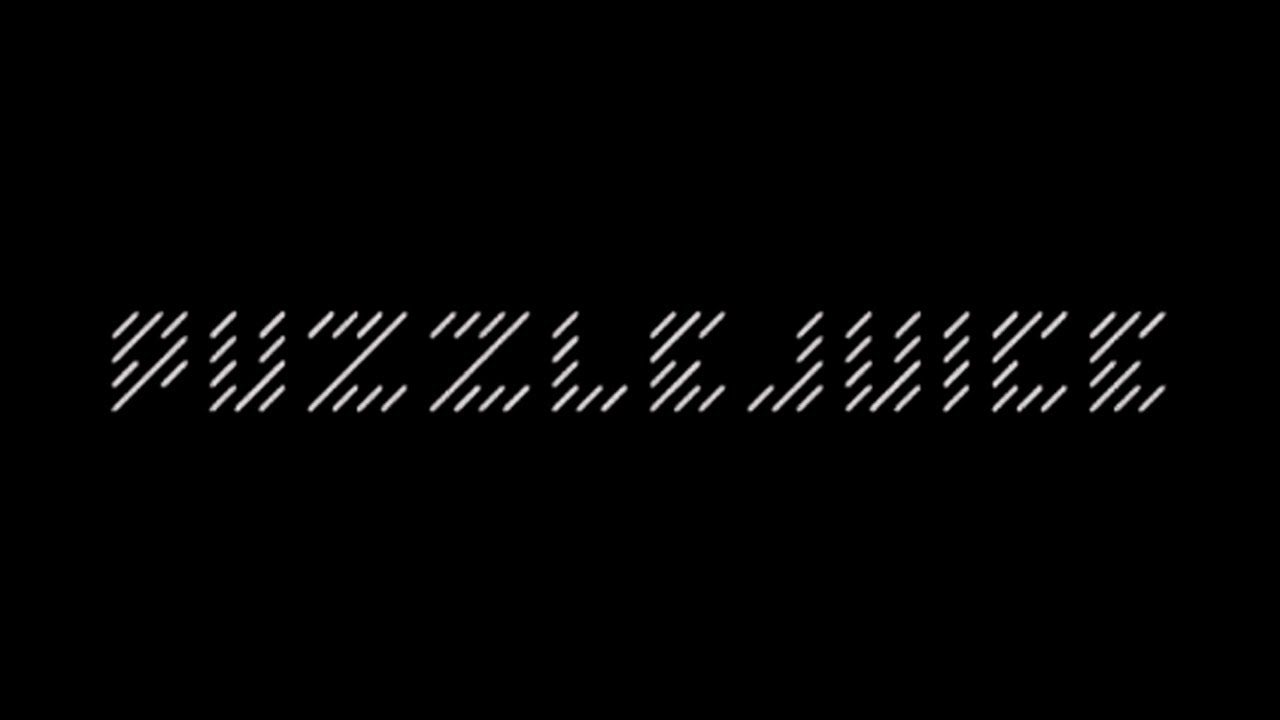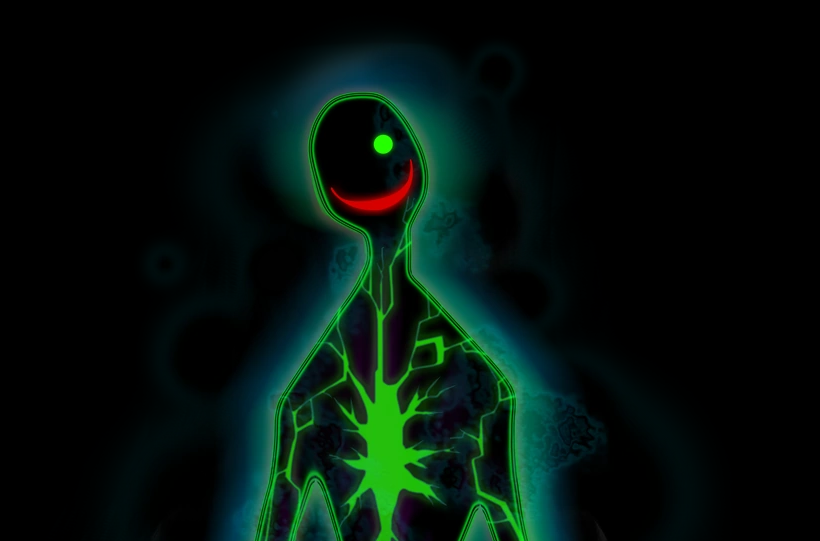Is there anything like the rush of a really good fight? Whether in an arcade or in your living room, playing Street Fighter or Tekken, there’s something at the core of fighting games that is just an incomparable experience. There are no powerups, there is no kill stealing, there is just you, and the man who wants to beat you to a pulp. The only way you’re going to take him down is by playing smarter, playing faster, and keeping a cool head. It’s this singular experience, this fair fight between equals, that the fighting game genre has been built on. It’s a genre very near and dear to my heart. For a long time, I couldn’t stand them, but a few years ago I gave fighting games another shot, and I’ve been a hardcore fan ever since. But I doubt you’ll find a more troubled genre in all of gaming.
The problem that fighting games find themselves with is one of design- the design philosophy of fighting games has advanced so very little over the years that they feel old. And as much as I love them, the genre is starting to stagnate… again.
I say “again” because this is not a new problem. In the 90s, the genre was created, and almost immediately, the market became oversaturated. Street Fighter II was released in 1991, and in the next three years, Capcom released four more versions of the game. Street Fighter III was released in 1997, and had an updated rerelease that same year. We also saw three Street Fighter Alpha games, five Darkstalkers titles, and that’s just from Capcom.
This would be a lot of releases for any genre, but for fighting games especially, where it takes dozens of hours just to get the hang of a game, the release schedule was unbearable. If you can’t remember what that was like, just take a look at what FPSes are doing right now, and you’ll have the right idea.
So the genre died. For a decade, there were no really big fighting games- releases like Guilty Gear and Capcom vs. SNK 2 made a bit of a splash among the hardcore, but mostly, fighting games were in a coma, waiting for some big title to wake them up again. That revival happened in 2009, with Street Fighter IV. The game jumpstarted the genre again, and since then, we’ve seen the BlazBlue series, a new Marvel vs. Capcom, a revamped and improved Mortal Kombat, and the recently released Street Fighter x Tekken, among other games. The problem is, though, that Street Fighter IV, and all the subsequent releases, are just too old.
The genre was basically dead for ten years, and when Street Fighter IV revived it, it made some significant enhancements… but it didn’t make ten years worth of enhancements. And while some steps have been made by titles released since, they still feel years behind most other games being released. The stories and writing are, for the overwhelming majority, still laughably bad, the netcode is stunningly terrible (how is it that Call of Duty can track thirty-two players at once in a dense urban jungle, but Street Fighter can’t manage two guys standing in an empty field?), the controls are still so obtuse that they require actual study to use.
And there’s no sign that any of this is changing. Online features are sub-par. Three years later, with revised net code, Street Fighter x Tekken still plays like a train wreck online- arguably actually worse than Street Fighter IV did. The fighting is laggy, with random pausing and input not synced up to the gameplay. The sound randomly disappears in the middle of matches.
And these shortcomings are alongside a disappointing lack of online features in the genre- hell, Marvel vs. Capcom 3 shipped without a spectator mode. In a game where only two people can play at a time, but eight people can fill a lobby at once, that’s just inexcusable. Things like uploading replays to YouTube, checking rival players’ stats, and stable online play should be standard, rather than uncommon additions to one or two standout titles. Online play is the staple of modern gaming, and fighting games cannot afford to keep doing it wrong.
Two years after the SFIV revival, Marvel vs. Capcom’s writing is so bad that Capcom doesn’t even pretend to care about it. Characters have brief text and still image endings, and no other justification for any of the game’s events. MvC is an extreme example, but not that extreme, when Super Street Fighter IV has characters like Hakan, whose story is that he’s searching the world for a new oil recipe. And for that reason, he has to pummel dozens of people senseless. Right. Players argue that story doesn’t affect the fighting, and that’s true, but why should we settle for any part of these games being lousy? Why shouldn’t we insist on an excellent product, through and through?
And BlazBlue’s controls drive me up the wall, even after hundreds of hours’ experience in the fighting game genre. Inputs like the Dragon Punch Motion, the Half-Circle, and the infamous 720 (sure, you can pull it off if you jump, but try doing one without leaving the ground) have frustrated players new and old for years- and they’re completely unnecessary. There’s no good reason to make moves intentionally difficult to execute. Fighting games are doing so many things wrong that it’s clear the genre has stagnated, and I fully expect it to die again if something doesn’t change.
What needs to change? Interesting, for a lot of what fighting games could become, you need to look at a game from all the way back in 2001- Super Smash Bros. Melee. It’s easy to forget, but SSBM is a fighting game, and it’s one that does a lot right that most don’t. More than any other fighting game, SSBM makes sense to new players. You can pick up a control and figure out how to play in a few minutes- basically impossible to do with a normal fighting game, unless you’re used to the genre- and actually play well enough to not feel like a complete idiot. Melee, and the rest of the series, is designed to make the player feel good. It wants them to succeed, it wants them to do cool things. And this is the ultimate key to its success- the reason so many gamers love it. It’s on your side.
Other fighting games, on the other hand, seem to resent the player, insisting on bizarrely obtuse inputs like the half-circle or charge moves because they want the player to obey- they don’t want you to succeed, they want you to follow their rules, arbitrary or not. The few fighting games that make concerted efforts to design parts of the game for new players tend to do it wrong, anyway- features like Simple Mode in MvC3 and automatic combos in SFxT don’t teach the player anything, they just build bad habits that are even harder to get rid of if you ever want to play the game seriously. You can’t fix the inhospitability of fighting games by tacking on some broken mechanic that almost ruins professional play- you need to change the very core of the game to welcome new players.
But it’s important to take a moment to note the things that fighting games do right. Games like BlazBlue and Mortal Kombat actually do manage to nail the story aspect, delivering a satisfying single player experience. Character design in nearly all fighting games is some of the best in the business, delivering iconic, interesting, and visually pleasing characters that are easy to love. Animations are superb, especially Street Fighter IV’s comically exaggerated ones that make the fighting look all that much more dynamic.
And of course, no genre does one-on-one fighting like fighting games do. They are, and perhaps always will be, the masters of that field. In bringing this genre up to modern expectations, we need to remember not to ruin what these games have done so well for so many years.
I really love fighting games. I love what they can be, I love the moment when you pull off a perfect combo, or when an opponent reads your movements and counters brilliantly. I love winning, and I love losing. I just don’t like to see them so consistently shoot themselves in the foot by not growing their install base, while at the same time wearing out the fans they do have with a nonstop blitz of releases. It’s time to evolve, guys. The genre can be so much more… and if you don’t want it to die again, it needs to be so much more.
Originally published for Press X or Die on March 13, 2012.





